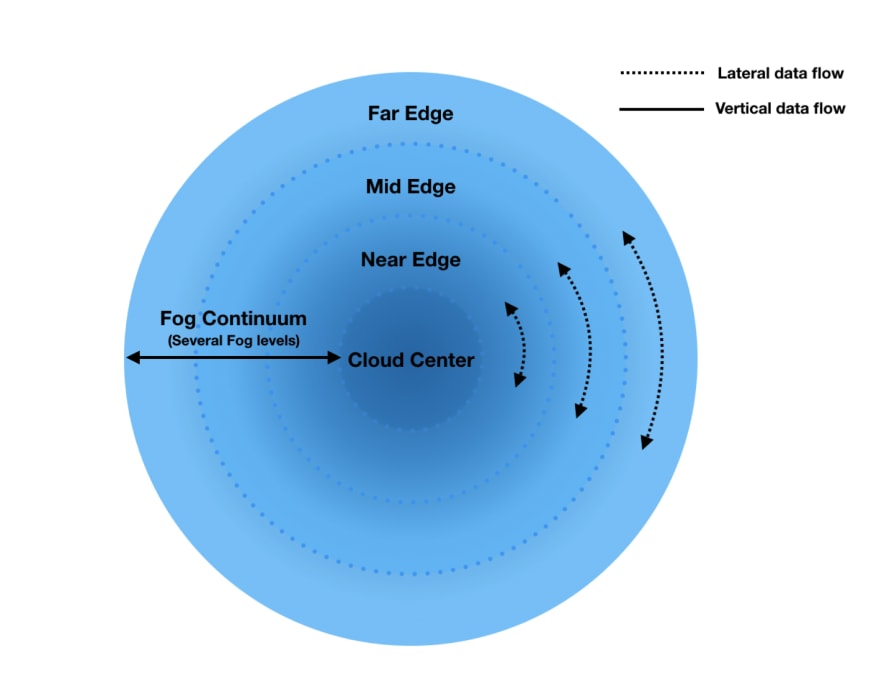IoT Edge Computing With Erlang and OTP

Erlang Solutions
Posted on February 3, 2020
The Internet of Things
In 2009, the number of machines connected to the Internet and Earth's overall population were equal. Since then, IoT devices have outnumbered us by roughly 3 to 4 times i.e. there are now over 25 billion connected devices. This exponential growth is already acknowledged as one of the most groundbreaking opportunities of the decade. But it does come with equally challenging infrastructure and architecture requirements. We have already seen Erlang and MQTT used at the heart of the world-leading EMQx messaging broker. The LightKone Research consortium is now using Erlang to provide an innovative way to manage IoT edge data.
Data at the Edge
Traditional Cloud Computing designs are currently becoming unsustainable due to the amount of data that will be produced at the Edge of networks, close to and on the end-user devices. The need to balance the overall workload across the entire network spectrum increases in line with the power of IoT devices such as mobile phones and Smart Homes. IoT sensor data is generally collected at the edge and follows a vertical flow towards the cloud data centres. This creates a risk of network congestion and overload that is already a concern for Cloud Service Providers.
To address this challenge, the LightKone EU research consortium has recently published a new reference architecture, called LightKone Reference Architecture (LiRA). It introduces a novel design pattern for edge systems, in which decentralized lateral data sharing is a key factor that sets it apart from current state of the art solutions.
Learn more about Erlang, IoT and LightKone
To see an example of LightKone at work and learn more about how Erlang is being used to solve Edge Computing problems head to our guest blog on IoT Edge Computing

Posted on February 3, 2020
Join Our Newsletter. No Spam, Only the good stuff.
Sign up to receive the latest update from our blog.
